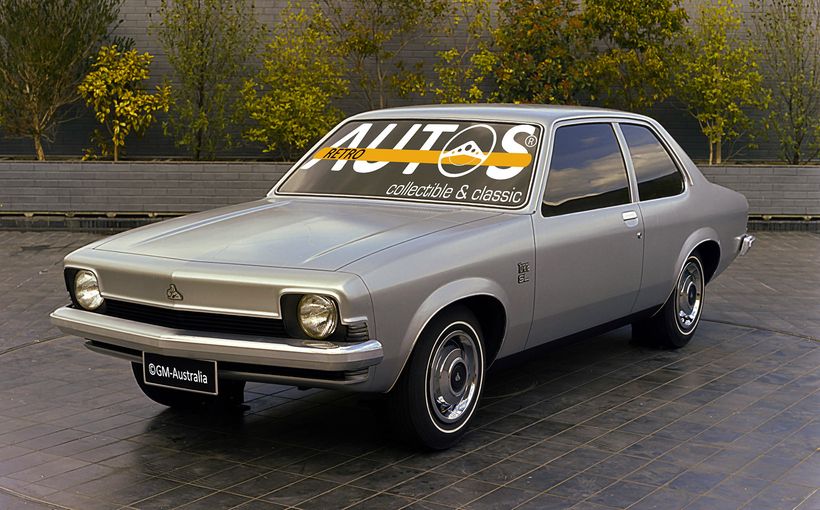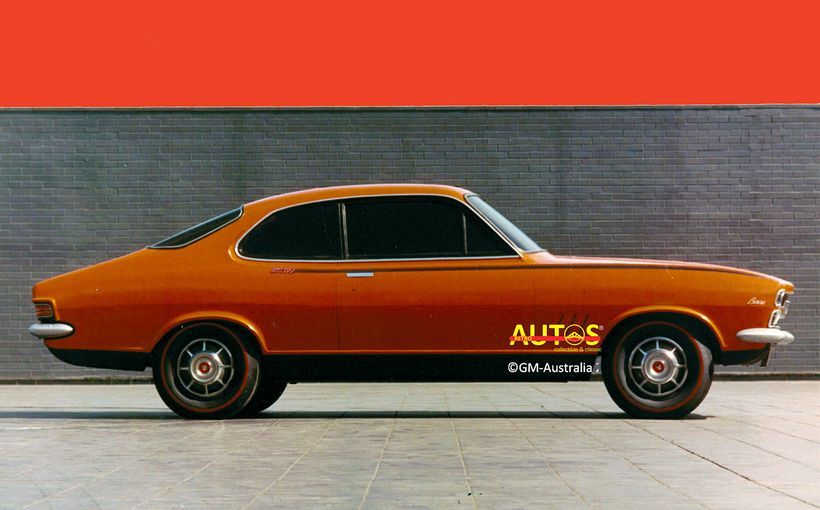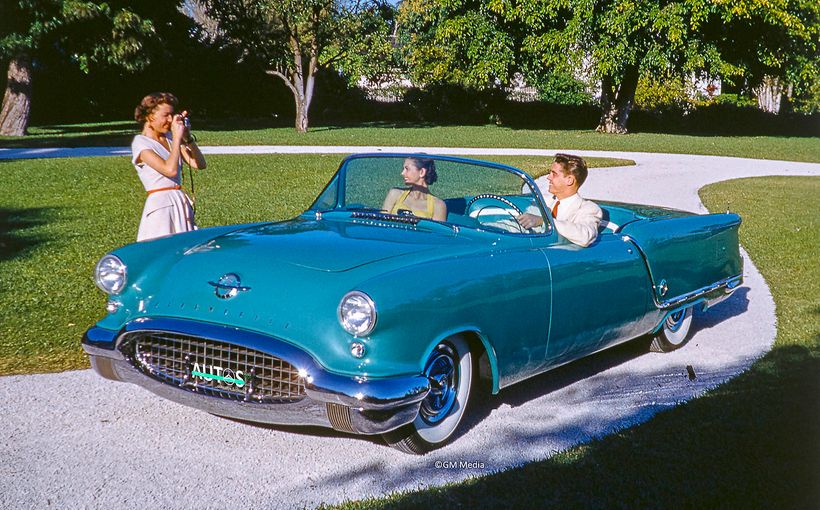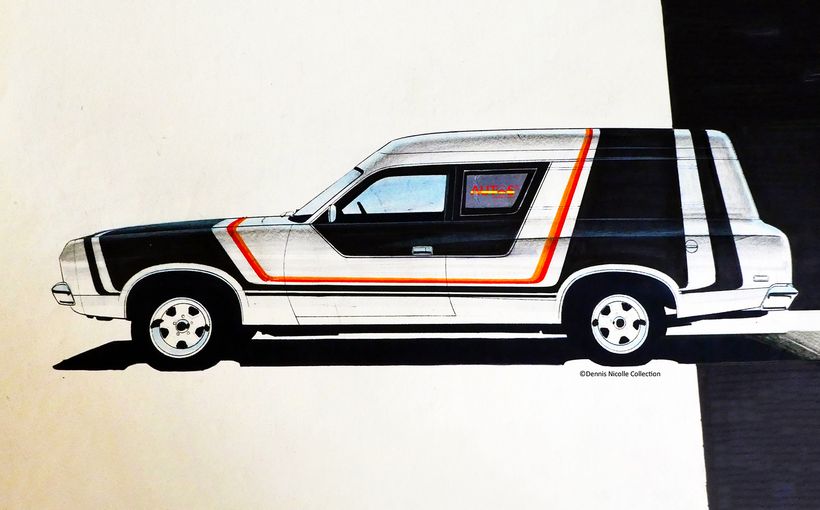
The UC/UD/UE Torana/Sunbird was never meant to be. It was developed as a back up to the VB Commodore, because there were doubts within General Motors Holdens (GMH) that the Commodore would succeed.

The origins of the UC/UD/UE development program begin with VA Torana. The VA was originally intended to take over from the LH/LX Torana in early 1977. The model range included an innovative five door hatchback. The program was axed in mid-1975 for a number of reasons and replaced by the VB Commodore. You can read the full story of the VA in the May 2023 edition of Retroautos. There’s a link at the end.

Even though GMH had committed itself to the Commodore, the top executives were not totally confident that its “European” styling, with its rounded shape and sloping front end, would appeal to Australians. They needed a readymade fall back in case the Commodore did not succeed. That’s why, in late 1975, the UC Torana plan was approved.
The plan had two parts.
First, the UC was scheduled for release in January 1978. It would be initially marketed as the LH/LX Torana’s replacement. GMH intended to spend as little money as possible on its development. Styling changes were kept to a minimum.
Second, after the launch of the Commodore in September 1978, the UC would continue in production, but be relegated to a support role until 1980. It would then be replaced by the UD. The UE model was planned for 1984. By then the LH underpinnings would be almost 15 years old.
The retention of the UC/UD/UE also reflects the well documented indecisiveness that characterised GMH’s product planning in the early to mid-1970s.

At the same time as UC/UD/UE project was getting started. there was a change within the company’s top management structure. Its managing director, Damon Martin, returned to the USA. Charles “Chuck” Chapman, a no-nonsense decision maker, was appointed to the role. Chapman was the champion of the Opel/Vauxhall V-car—the Commodore—in his role as General Motors (GM’s) chief engineer for Europe.
A major part of Chapman’s job was to bring clarity to GMH’s decision making processes and make the hard decisions about factory locations, staff numbers and future products. These issues had not been given much attention by his predecessors. I’ve covered Chapman’s efforts in previous Retroautos editions. (There are links at the end of this story.)

V8 out. Hatchback in.

The model range comprised a four-door sedan, three door hatchback coupe and five door hatchback. The sedan and three door were carry overs from the LH/LX range.
The low-cost styling update meant the UC would face the world with an upright grille, re-shaped bonnet and bigger tail lights. A new interior was based on what had been proposed for the VA.

The inclusion of a five-door hatchback is surprisingly ironic given it was the major reason for the VA’s cancellation. This time though, it would sit on the existing LH/LX Torana wheelbase of 101.8 inches/2586mm, not the VA’s 106 inch/2692mm stretch.


GMH was serious enough about the hatchback to acquire a 1976 Rover SD1 as soon as it was released in the UK in order to evaluate it against the UC. Given the Rover was designed from the ground up as a hatchback, the GMH design team did a fabulous job to transform the existing Torana shape.

To ensure the Commodore was seen as the premium car, on the road and on the race track, the UC was stripped of the 4.2 litre and 5.0 litre V8 engines. Only six and four cylinder engines would be offered. The sixes would be badged as Torana and the fours as Sunbird.

As development work progressed on the Commodore, Chapman made a business-critical decision. He elevated it from being a Torana replacement to GMH’s main family car offering. This re-focusing relegated the larger Kingswood/Premier into a support role. Like the UC/UD/UE, it was retained “just in case”.


The UC appeared as planned in March 1978, but there was no five door hatchback. Once again costs had caused its demise.
A few months into the production run the Opel 1.9 litre four-cylinder engine was replaced by another 1.9 litre four to meet local content rules and emission standards. It was really GMH’s 2.85 litre six, less two cylinders. The marketing folk labelled it the Starfire. When its deficiencies became known almost everyone called it the “misfire”. That said, the Starfire was GMH’s first locally designed four cylinder engine and has a devoted following.
UD: No Six And No Torana

In September 1978 just as the VB Commodore was being readied for its big reveal, Chapman signed off on the UD development project. The release was scheduled for May 1980. The model’s objectives were clearly explained in GMH’s vehicle program document.
“To maintain GMH presence in the intermediate market until a front wheel drive replacement with a suitable range of body styles is available to achieve the ultimate objective of 25% market share.”
It was clear that the UD was a place filler and easily cancelled. There was no further mention of the UE. At the time, GMH had only 11% of the “intermediate” market, so 25% was a lofty ambition for whatever front wheel drive car GM provided.

The UD’s grille was the main styling update. It resembled the grille on the VC Commodore. Other than that, it was hard to differentiate between the UC and the UD.
The big change was the elimination of the Torana name and six-cylinder engines. Only the four-cylinder Sunbird would be sold.

Towards the end of 1979, there was confirmation that GM’s new global front wheel drive “J-car” would be ready for release in 1982. The UD project was promptly cancelled.


The Last Torana
Although the UC sold a respectable 53,000 units, it was much less than the combined 136,000 sales of the LH/LX. The VB Commodore delivered 95,906 sales. Still, in today’s money the UC generated around $1 billion in revenue for GMH. A useful contribution from an aging design.
Sales of the three-door hatchback coupe dropped to such a low level that it was “retired” in late 1979. The sedan carried through into 1980, dwindling to a halt when the VC Commodore was released. Until the J-car, the Camira, arrived in August 1982, GMH filled the gap with the TE/TF Gemini and four-cylinder VC Commodore.

The UC is often overlooked whenever Toranas are mentioned. And yet, its legacy is significant in our automotive history.
The UC was the first to carry GMH’s locally designed four cylinder engine, the second last Holden model to be fully designed and engineered in Australia and the last production Holden to carry the storied Torana name.
Links to GMH’s fascinating history in the 1970s, including the delayed and cancelled models: HV Holden, HJ Holden, WA Holden, WB Holden, Torana Ikara and VA Torana.
Retroautos is published with passion and with pride by David Burrell. Special thanks to John Kyros at GM Heritage for his research of images.
Retroautos stories and images are copyrighted. Reproducing them in any format is prohibited. GM’s images are copyrighted. Retroautos is a registered trademark. Reproducing it in any format is prohibited









